Behind the Scenes of Cuphead: The Delicious Last Course - Art and Animation Insights
- 1152
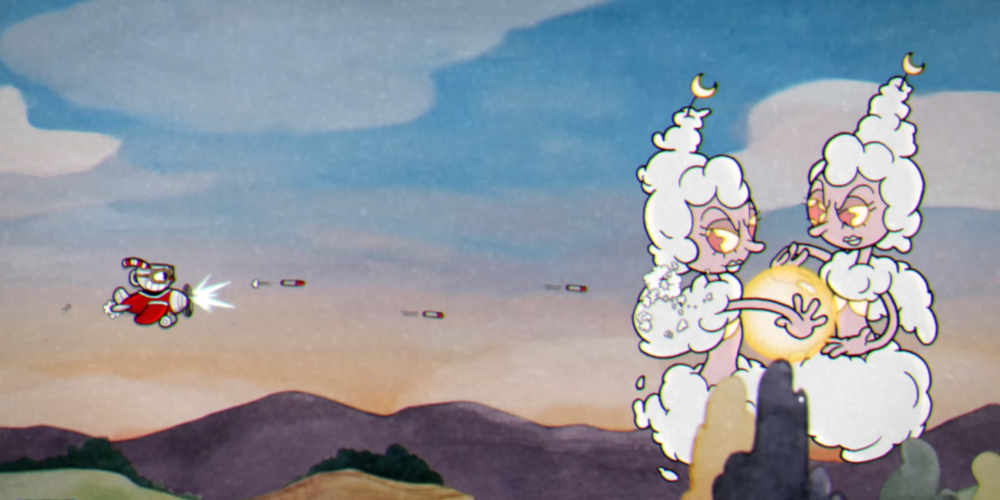
In the realm of video games, few titles have captivated the imagination and challenged players like "Cuphead." This indie game by StudioMDHR is renowned for its 1930s cartoon-inspired visuals and tough gameplay. In 2022, fans were treated to an extension through "The Delicious Last Course." The DLC not only introduced new characters and levels but also took the art and animation quality to even loftier heights. This article peels back the curtain to provide a detailed look at the creativity and intense effort behind the art and animation of "Cuphead: The Delicious Last Course" and delves into why these elements are pivotal in crafting the game's unique aesthetic charm.
Reviving the 1930s Style Animation
The standout feature of "Cuphead" is its commitment to replicating the animation style of the 1930s. With "The Delicious Last Course," StudioMDHR went even deeper into the era's artistic nuances. Each frame of animation was drawn by hand, a painstaking process that modern animation rarely undertakes. To maintain the authenticity of the period, artists used traditional cel animation techniques. This involved drawing each character and frame on paper, which was then inked, colored, and captured with cameras.
The decision to use vintage machinery and tools played a significant role in achieving the authentic look. Animators used the same kind of paper, pens, and inks found in the animation studios of the 1930s. They also employed multiplane cameras to provide scenes with depth—a technique popularized by Walt Disney during that era. This back-to-basics approach was crucial for capturing the essence that made cartoons of the 1930s so endearing and effective.
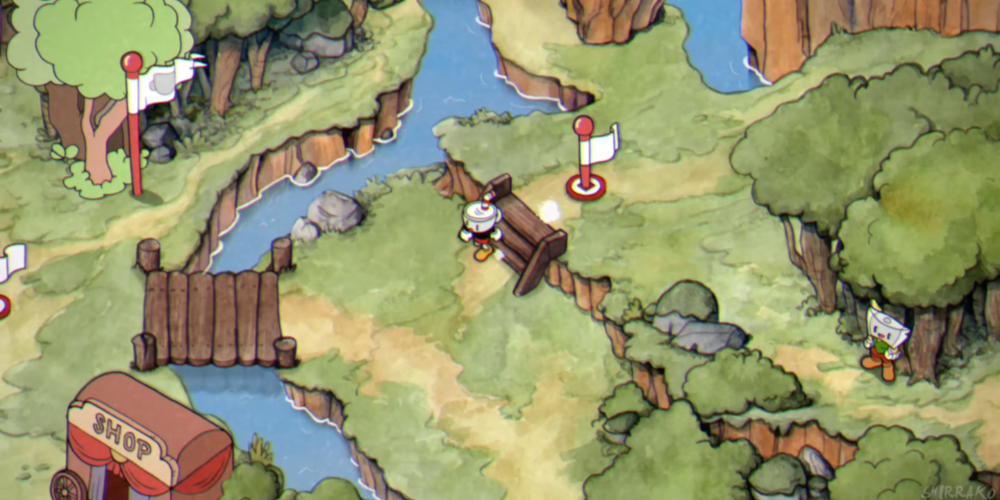
Character Design and Development
One of the highlights of "The Delicious Last Course" is its range of creatively designed characters. Ms. Chalice, a new playable character, showcases the Studio's commitment to unique, memorable design. Bringing her to life involved designing several iterations to perfectly balance her charm and the game’s challenging nature. Characters in the DLC also display exaggerated emotions and expressions, a hallmark of early animation that engages players directly with their adventures and misadventures.
In working on the new enemies and bosses, the artists undertook extensive research into 1930s cartoons, studying characters from both famous and obscure sources to inspire their creations. This research helped ensure that each new character organically fits within the Cuphead universe despite being freshly introduced. Every villain and side character introduced in the DLC has a backstory, an animation pattern, and unique interactions, making the game world feel incredibly alive and cohesive.
Environmental Art and World Building
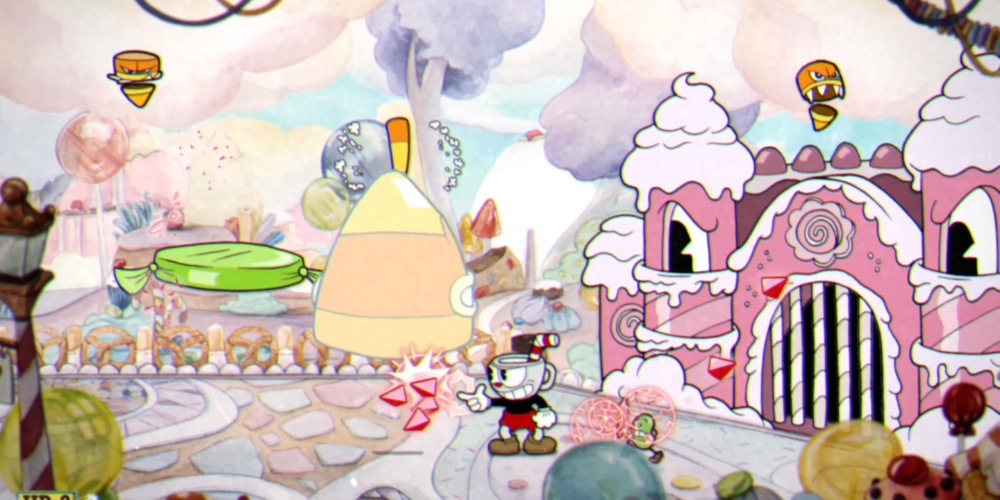
The settings in "The Delicious Last Course" are as painstakingly crafted as its characters. From the ethereal beauty of the astral plane to the eerie charm of a haunted kitchen, every environment is rich with details that echo the 1930s art deco and surrealism. The development team expanded on the original game's world, adding layers of complexity and new visual elements to explore. Each level is designed to look like a moving painting, with vibrant backgrounds and dynamic elements that maintain the player’s engagement.
The meticulous attention to lighting and shading in these environments set them apart. Shadows and highlights were manually added to each scene to enhance the tonal depth and overall aesthetic. The use of technicolor, a dominant coloring technique in the 1930s, provides the DLC's palette with a nostalgic yet fresh look, perfectly balancing between appealing to modern players and staying true to its roots.
Animation Techniques and the Integration of Modern Technology
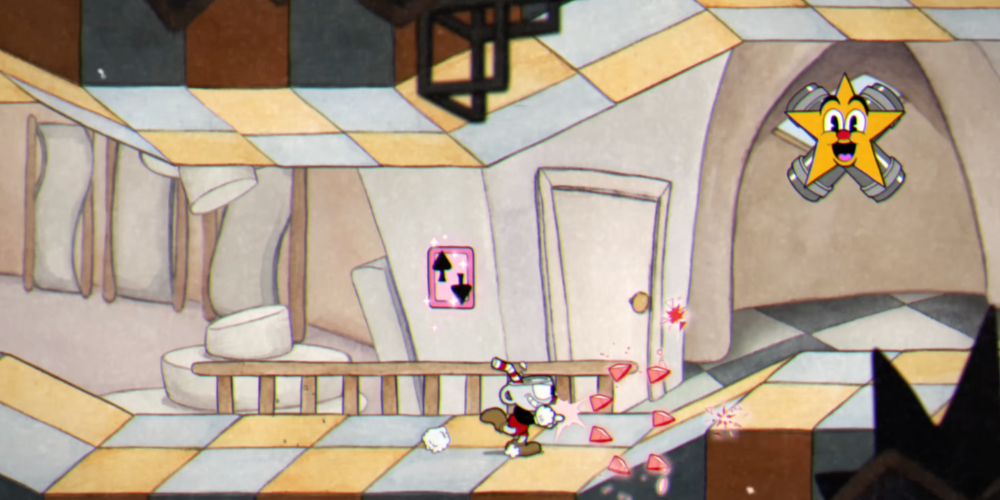
The unique appeal of "Cuphead: The Delicious Last Course" is largely defined by its adherence to classic animation methods while seamlessly adopting modern technological enhancements. This hybrid approach has allowed for a fascinating fusion of the old and the new, making the game stand out in the digital era. By employing contemporary animation software like Toon Boom Harmony and Adobe After Effects, animators have been able to refine and enhance the fluidity of character movements and interactions, thus ensuring that the visual flow meets the high expectations of present-day audiences, without compromising the nostalgic quality that defines the game's appeal.
After painstakingly drawing frames by hand, these pieces of art are scanned into digital formats. This scanning process is crucial as it bridges the traditional with the contemporary; once in a digital format, the sketches are enhanced with cutting-edge software that allows animators to tweak the imagery, adjust timings, and smooth out transitions. These tools offer precision and variability, enabling animators to perfect movements frame by frame and integrate complex elements that would be much more difficult to achieve manually, such as intricate lighting effects and subtle facial expressions.
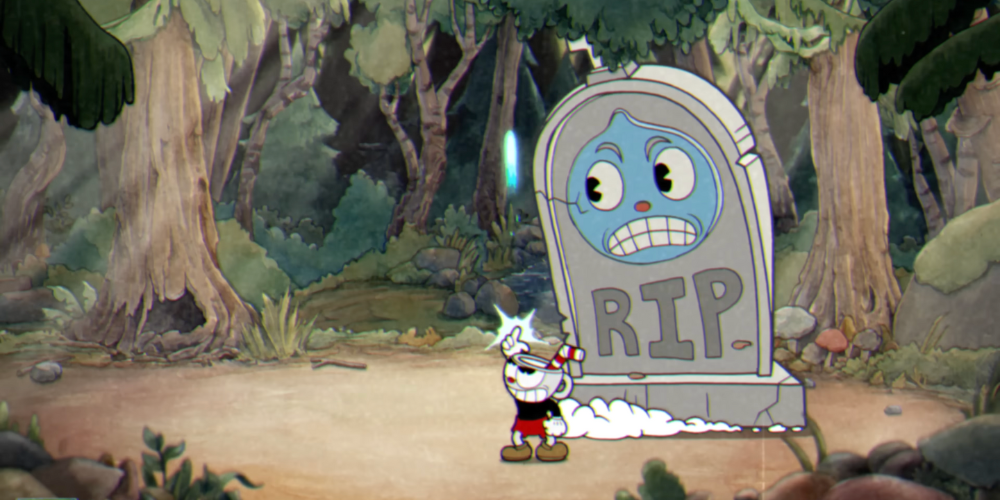
Despite this incorporation of digital technology, the artistic team at StudioMDHR maintains a disciplined commitment to preserving the handcrafted aesthetic that the original "Cuphead" is known for. Traditional animation techniques like smear frames, motion blurs, and squash and stretch techniques are still meticulously drawn by hand. These techniques, pivotal in conveying speed and elasticity in movements, add a dynamic quality to animations, making the gameplay feel lively and responsive. After these traditional effects are drawn, they are then digitized and carefully incorporated into the existing digital frames. This process not only retains the artistic integrity of the 1930s animation style but also enhances the overall tactile feel of the game.
The digital instruments enable a precise melding of these effects, guaranteeing that every subtle detail fits perfectly within the overarching style and play dynamics of the game. This level of detail ensures consistency across all animations, preserving the game's timeless look while leveraging modern technology to meet contemporary performance standards. The result is a game that looks classic but feels fresh, offering an experience that is both nostalgic and innovatively engaging. In "Cuphead: The Delicious Last Course," the careful integration of traditional and modern methods not only honors the classic era of animation but also expands the frontiers of video game innovation.
Conclusion
"Cuphead: The Delicious Last Course" is a testament to the possibilities of artistic expression in video games. Each nuance in its art and animation serves the narrative and deepens the game's immersive experience. The artists and animators' and StudioMDHR's dedication to their craft is evident in every frame, providing players worldwide with a visually stunning and engaging experience. The DLC does not just continue the legacy of Cuphead but elevates it, proving that painstaking craftsmanship can coexist beautifully with modern gaming technology.
